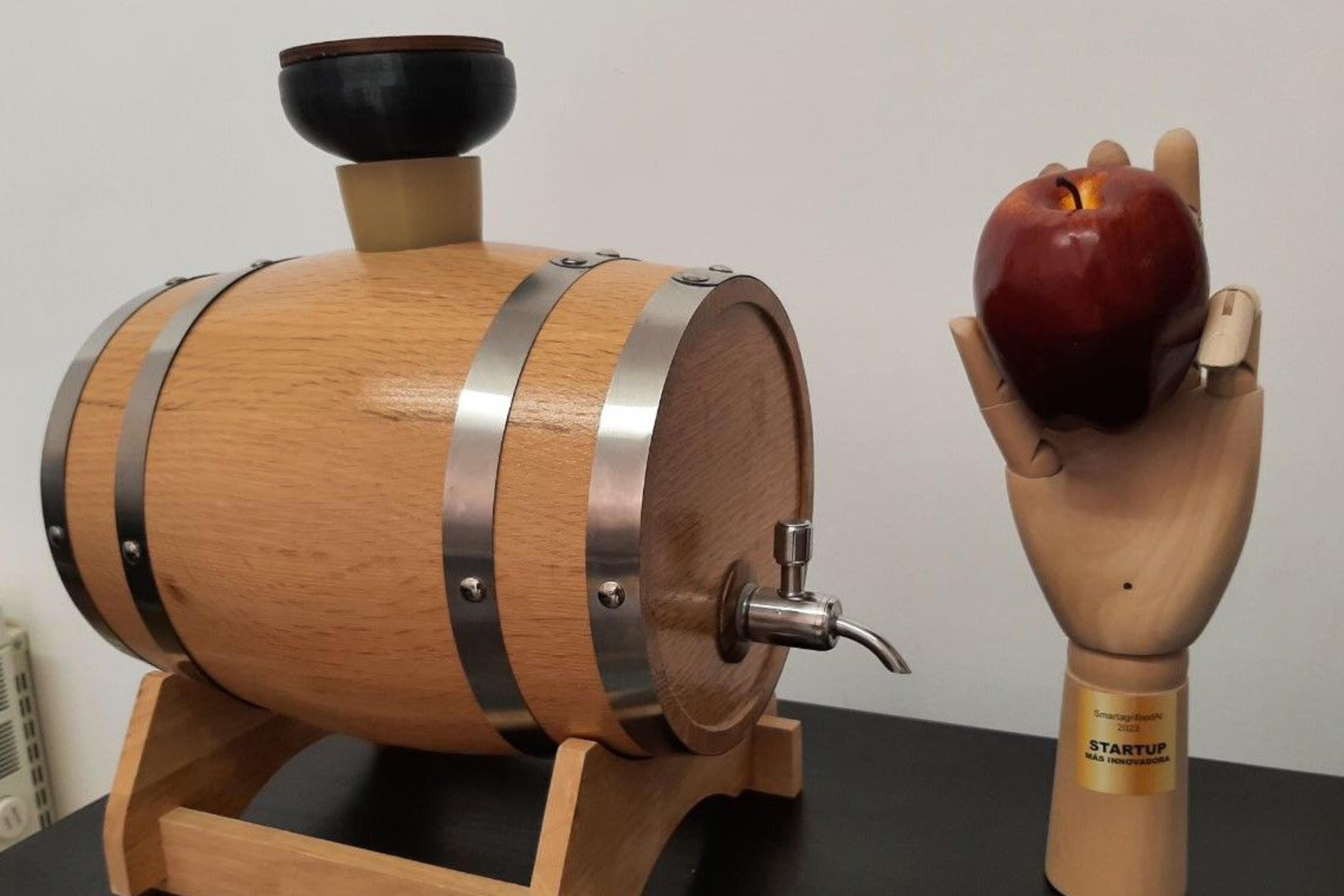
Latest information

Artificial intelligence at the service of agri-food and forestry
Nigal is mainly dedicated to data analysis through machine learning algorithms that are fed with information extracted from IoT sensors (devices that connect to other devices through the internet to send or receive information) and from the users themselves, which are then incorporated into the platforms that are custom designed to obtain a benefit for the client.
One of its main success stories is Libatio, a system consisting of a smart stopper and a web and mobile platform that connects to the stopper and helps to optimize the wine maturation process in wooden barrels. Developed in collaboration with the Vigo-based company SC Robotics and with the support of the Xunta de Galicia, through the Axencia Galega de Innovación (Gain), thanks to Libatio Nigal's customers can have control of their barrels at all times and thus reduce evaporation losses by up to 66%, as well as standardize the product and improve its quality.
Nigal has also developed other applications that are used in the fishing industry, municipalities and loggers. In the latter case, the Notifor platform is a first step in the digitization of the forestry industry. It consists of an intuitive application for mobile devices developed for LugoMadera, already used by loggers throughout the province, which allows them to inform the municipalities in real time of the cuts they make, their activities in the forest, cadastral references and send photographs of the state of the roads, before and after the cuts.
Nigal's main objective is to democratize the use of artificial intelligence, with applications and solutions for all types of companies, including SMEs. The improvements that occur with the applications that treat the data generated by the companies are evidenced in three axes: digitization, monitoring and optimization. In the case of the Libatio project, for wine cellars, the improvements achieved are as follows: in the area of digitization, the producer has at his disposal variants such as the pressure or humidity of the barrels. With monitoring, the winemaker can check the value of his barrel variables with a single click. And optimization is achieved because mathematical models can be used to assess the impact of different climatic variables on wine evaporation and recommend action to reduce losses.
Finally, it should be noted that it has another application for managing waste collection in cities and towns. With it, containers and garbage cans are geolocated on an interactive map and incidents are reported as they arise. The digitization of this information makes it possible to respond to problems in the collection service (shortage or poor condition of containers) in a more comprehensive manner.